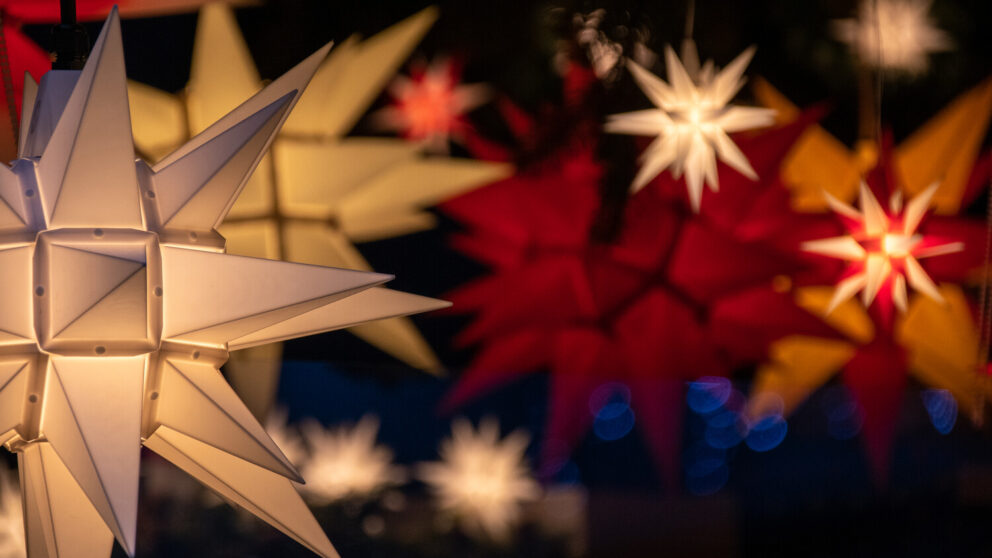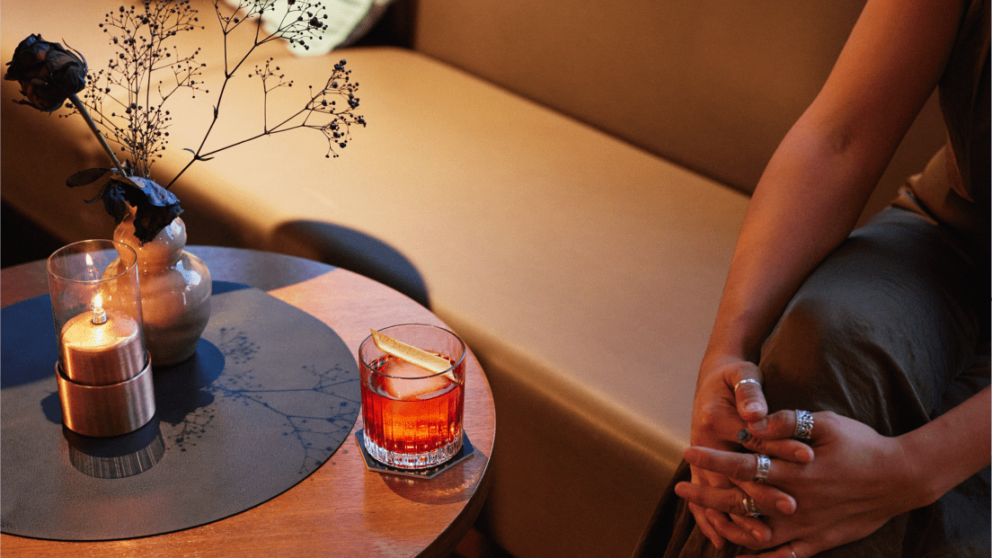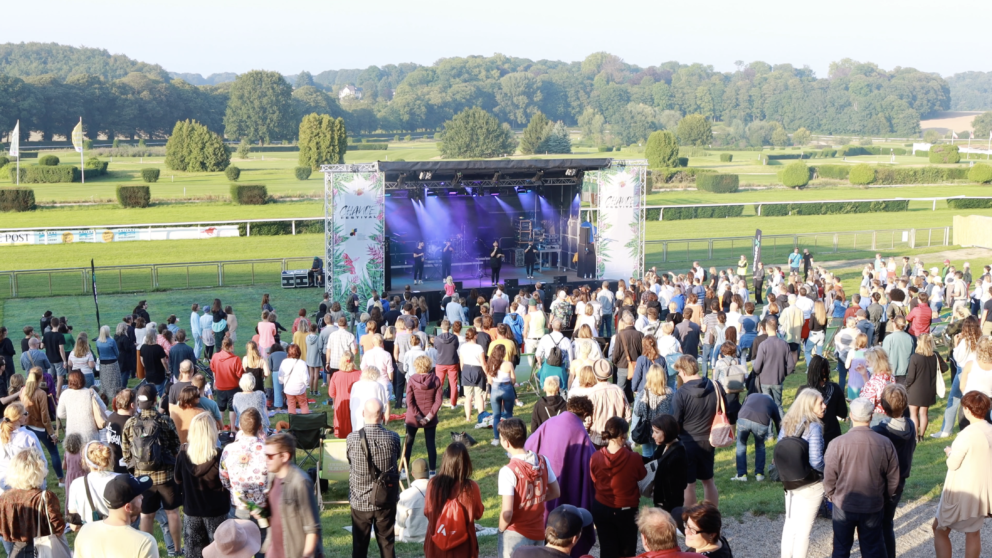
A gourmet tour through Düsseldorf’s Little Tokyo: How far could 50 euros take you?
A gourmet tour through Düsseldorf’s Little Tokyo: How far could 50 euros take you?
From perfectly brewed green tea to teddy bear dessert, there’s something for everyone!
“If you could only have one type of cuisine for the rest of your life, which would you choose?” This question might seem difficult to answer, but surely Japanese food must be a fairly strong contender! Or do you know another country that produces such extraordinary, always amazingly tasty and almost always really healthy dishes? My point exactly. So it’s very tempting to take a stroll through Düsseldorf’s Little Tokyo quarter now and again. This area near the main train station attracts gourmets from around the world, irrespective of age or budget. But how much does it actually cost to properly indulge yourself there? And what is the best way of sifting through the vast range of available options to pick out some of the many highlights? We’ve investigated on your behalf by setting off with 50 euros.
For starters, butter wouldn’t melt
You’ve got to be pretty brave to venture into the Japanese quarter with an empty stomach. It’s just so tempting to try a little something here and there, and before you know it you’d have spent the whole of your 50 euros. That’s why we’re taking it nice and easy for our first meal of the day, though without making any concessions when it comes to taste or originality. So what are we going for? We’ve opted for an amazingly soft and moist ‘melon roll’ with chocolate chips from the Dae-Yang supermarket (Immermannstrasse 21). This marvellous bun – named for its shape, not because it actually contains any fruit – is produced by the team at the My Heart bakery, whose own shop sadly closed in June 2022. But fortunately some supermarkets continue to stock their baked goods. For just a few euros, you get the pleasure of biting into a roll baked with both butter and margarine that tastes like it has come straight from patisserie heaven. And the amount of chocolate chips is definitely on the generous side! Having satisfied our energy (i.e. sugar) requirements for the time being, we carry on, not feeling at all full despite the amount of calories we’ve just consumed.
A quick cash check: the roll was €2.40, so we’ve got €47.60 left.
Time to embark on the culinary tour proper – leaving a bit of time in between the day’s individual meals, of course. Which provides a perfect opportunity to visit some of the typical Japanese shops located around Immermannstrasse. For example DaBamDaBoo (Immermannstrasse 29), only a few steps away from the supermarkt. This one sells household items such as beautifully decorated cups and plates, compact table-top grills and very tasteful lamps. In the shop window you’re greeted by Daruma dolls. These papier-mâché talismans, modelled on Bodhidharma, the founder of Zen Buddhism, are supposed to make different types of wishes come true, depending on their colour – from love to health or professional success.
Highly addictive lunch options
Did we do a little bit of shopping? Perhaps acquire a few small presents for friends and family? Great, then it’s time to think about treating ourselves again – for example to a really delicious lunch. The Yabase restaurant is only two minutes’ walk from Immermannstrasse, at Klosterstrasse 70. A notable feature, and clearly indicative of the outstanding quality of the food is the fact that even on an ordinary weekday, the place is full to capacity at lunchtime. With a bit of luck you might even spot celebrities eating here. On the day we were researching this blog, the German actor Armin Rohde was sitting at the next table. So what’s on offer? Fish or meat? Or how about a bowl of hot broth? We can highly recommend the Nabeyaki soup, not least because of its comparatively reasonable price. It comes with a choice of udon or soba noodles and contains prawn, seaweed, mushroom and egg. For the sushi, which we also feel we ought to try, we opt for kanpyo, a type of gourd. Both soup and sushi are extremely fresh and extremely tasty. Not a drop of soup is left behind. The green tea that rounds off this lunchtime meal is served hot and has a pleasant roasted taste. It’s hardly surprising that this place is frequented by Düsseldorf locals, members of the city’s Japanese community and also any number of tourists speaking any number of languages!
Cash update: the soup costs €16, the sushi (six maki) €5. Plus green tea for two euros along with a three euros tip that makes a total of €26. We’re left with €21.60 to get us through the rest of the day.
What’s the best way to follow a salty dish? Correct, with a sweet one – and at our next stop, just a few hundred meters away, that is true in more ways than one.
Mouthwatering mini clouds and more
For dessert we’re going really Japanese – ‘kawaii’, which means sweet or cute. The Japanese adore cuteness, as is more than evident at the Number 18 café (Bendemannstrasse 18). On the counter we find miniature matcha-flavoured clouds, little square ducks with orange filling and Earl Grey piggies. Given that we’ve had green tea recently, we’re in the mood for a bit of a caffeine kick. Our choice is a coffee mousse tart with a teddy bear face. Fluffy and neither too sweet nor too bitter, it makes the perfect start to the afternoon. You might want to accompany this with a coffee or a blue lemon soda. And if you’re coming up to a birthday or some other big event, don’t hesitate to ask to see the cakes. They take the art of baking to a new level!
Cash update: artisanal craft with attention to detail does come at a price. The dessert costs €5.90, so only €15.70 remain.
On we go, and Immermannstrasse comes into view. We cross the main road in order to go past the Japan Center, which also contains the Hanaro supermarket (Immermannstrasse 45c). You could spend hours here, with so many goods you’d never see in any German grocery store.
A new take on beans
We notice something unusual as soon as we enter the shop: just beyond the vast range of different types of tea and coffee is a fridge that contains a number of curious items for the discerning. Today, we end up with small red and green rice cakes in our shopping basket, which looked particularly appealing. These baram-tteoks are filled with bean paste, a typical component of Japanese cuisine, and they are very moreish. They are also quite firm, but as you bite into one you discover a special type of sweetness, an explosion of different aromas that are unfamiliar to the European palate.
Cash update: The rice cakes (eight pieces, about the size of a biscuit) cost €4.06. Of the €15.70 we had in our purse, only €11.64 remain.
Roll on the evening
We’re not exactly hungry, but we could certainly eat a bit more. And that seems perfectly reasonable. After all, Japanese cuisine is regarded as one of the best there is. So it makes sense not to miss out a meal as evening beckons. Unfortunately the remaining budget won’t stretch to an elaborate dinner in one of the many busy restaurants. Never mind, here’s a great new dish that doesn’t cost a fortune: noodles in a roll. Sounds crazy? But it actually tastes fantastic. The soft consistency of the roll combines brilliantly with the firm Asian noodles, and the vegetables in between add an extra kick to the overall taste experience. You’ve simply got to try this for yourself.
Cash update: the roll, which we – pro tip – had already bought in the morning at the Dae-Yang supermarket (in case it sold out as it’s very popular), comes in at €3.60. That leaves a balance of €8.04.
And to finish off, some extra treats!
Once you’ve got a taste for Japanese food you’ll probably not want to wait too long before your next visit to the culinary highlights of Little Tokyo. However, in case it’s going to be a few days, weeks or even months before you can return, you could spend the rest of your budget on something to take home with you. A decent soy sauce or some seaweed snacks tend to be no more than a few euros in the local supermarkets. And you can also find sweet brands you’ll recognise, but in flavours that are normally only available in Japan – such as mint or strawberry Kit Kats at €6.40 each. We opted for the former! And finally, as we were headed for the sofa, we needed a beer. The price of a can of Leo is €1.50. So now we say cheers to an utterly delicious day!
Final cash update: we’ve got 14 cent left! Eating out in Düsseldorf’s Japanese quarter is not exactly cheap, but it’s definitely worth it. And besides, although thrift is important in many aspects of life, good food is a always a good investment. Especially in Little Tokyo!
Title image: Düsseldorf Tourism
If you prefer more of an organised visit, then join our guided tourSushi, Sake and Japanese Lifestyle.




